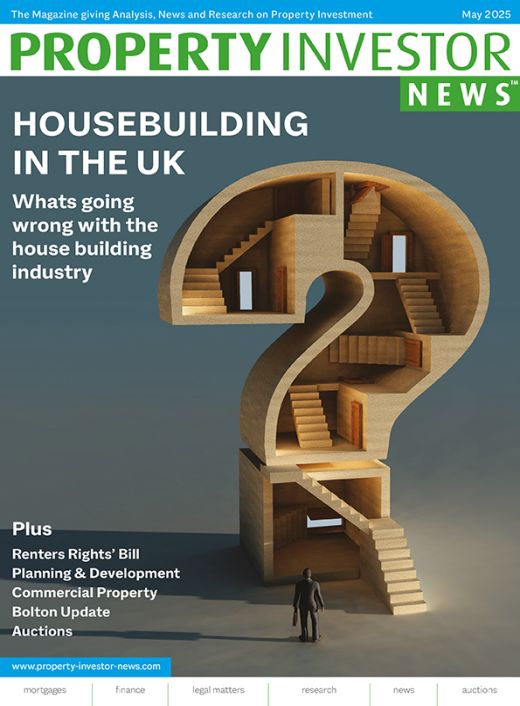With 26 years of experience as a landlord, investor, and developer—and 23 years running Amax Estates—I’ve seen the very best and worst of leasehold. As a block managing agent for flats across the southeast, I regularly deal with the realities of diminishing leases, opaque service charges, and the complexities that leaseholders face every day.
This month, I want to break down three key areas that every investor needs to understand:
1. The risks of diminishing leases
2. The current state of leasehold reform
3. Why commonhold may be the future—despite strong opposition
Freehold vs Leasehold – Know the Structure Before You Buy
In England and Wales, every property is either freehold or leasehold.
With freehold, you own the property and the land it stands on indefinitely. Most houses fall into this category.
Leasehold, more commonly associated with flats, means you own the property for a fixed period—but not the land. That land and the building structure are owned by a freeholder. You’re essentially leasing the right to live in the property. And as that lease shortens, so do your options.
Lease Lengths – Why the Countdown Matters
Leasehold ownership comes with a ticking clock. If you’re not careful, that countdown can impact your ability to remortgage, sell, or even hold value in your asset.




















